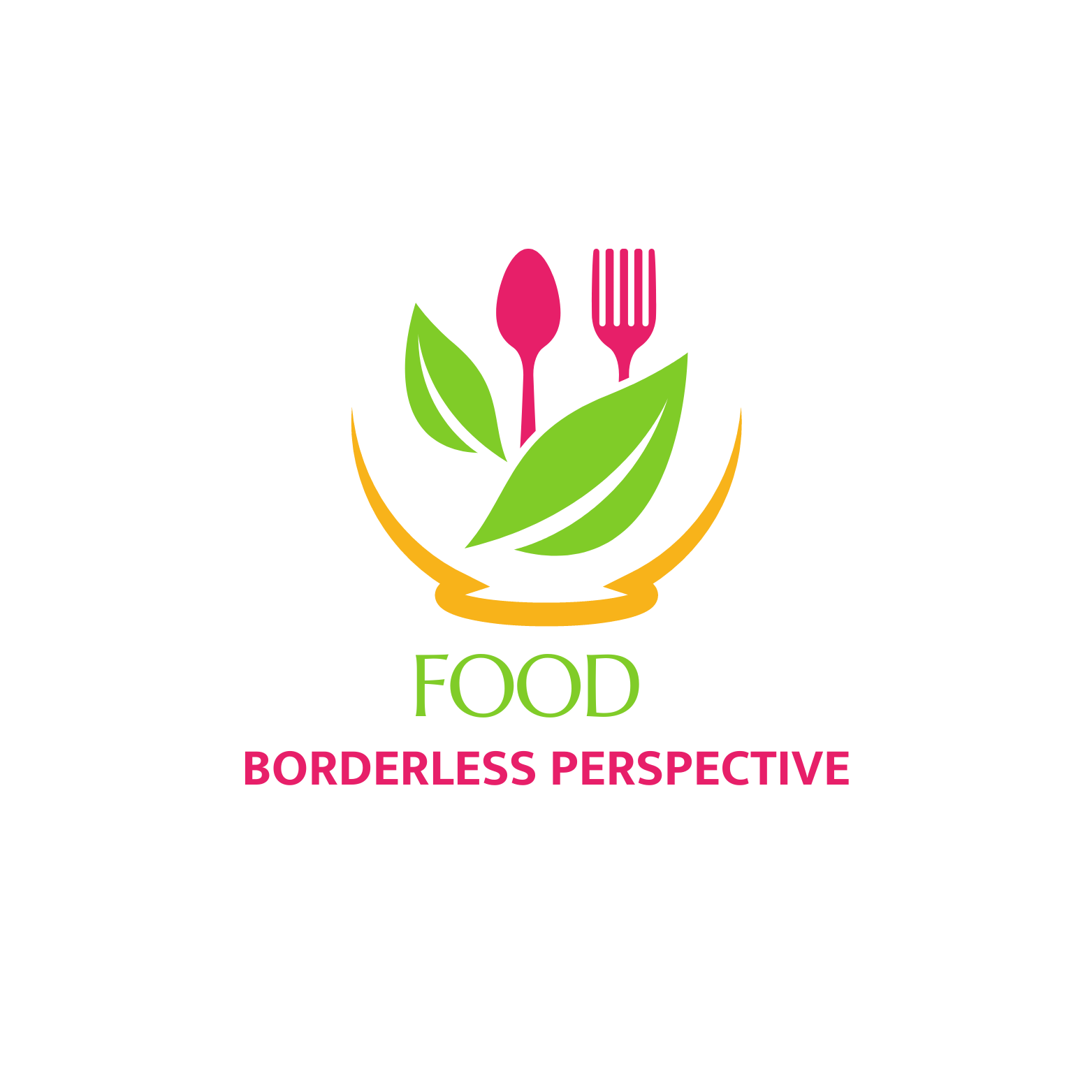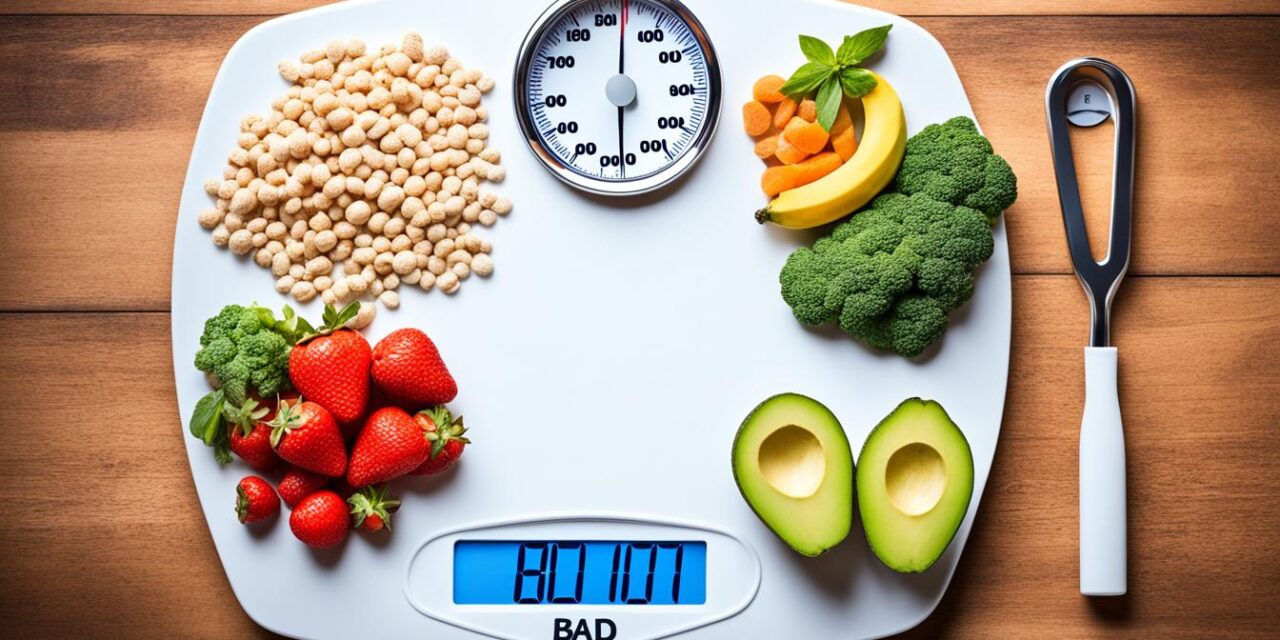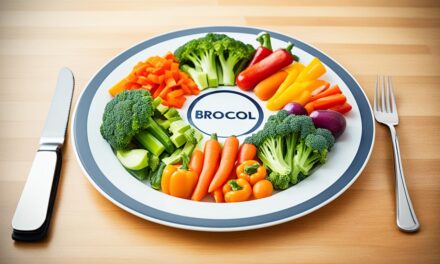Let’s face it, we’ve all been there. You start a new diet, determined to shed those extra pounds and finally achieve your fitness goals. You diligently follow the strict rules of the diet plan, swearing off all your favorite “bad” foods. But as the days turn into weeks, the cravings intensify, and you find yourself face-to-face with a temptation that seems irresistible.
Meet Sarah, a working professional and self-proclaimed foodie. Like many of us, she struggled with finding a sustainable approach to weight loss that balanced her love for food with her desire for a healthier body. That’s when she stumbled upon the concept of flexible dieting.
Flexible dieting caught her attention because it challenged the common belief that you have to give up all your favorite indulgences to lose weight. Instead, it emphasized the importance of overall macronutrient balance and moderation. Could it be true? Could Sarah actually lose weight while still enjoying the occasional slice of pizza or scoop of ice cream?
Curiosity piqued, Sarah embarked on her flexible dieting journey. She learned that nutrition is not just about cutting out certain foods or food groups but about finding a balance that works for her body and lifestyle. With flexible dieting, she could enjoy her favorite “bad” foods in moderation while still achieving her weight loss goals.
But does flexible dieting really work? Can you lose weight and still indulge in “bad” foods? In the upcoming sections, we’ll dive deeper into the concept of flexible dieting, exploring its benefits, principles, and how to implement it in your own life. Get ready to embrace a healthier approach to weight loss that doesn’t require giving up the foods you love.
Key Takeaways:
- Flexible dieting allows for the inclusion of “bad” foods in moderation while still achieving weight loss goals.
- Adherence to a flexible dieting plan is key to sustainable weight loss.
- Flexible dieting promotes a healthier relationship with food and avoids feelings of deprivation.
- Research supports the efficacy of flexible dieting for weight loss.
- Understanding macronutrients and tracking their consumption is essential for implementing flexible dieting.
The Importance of Dietary Adherence
Dietary adherence is crucial when it comes to achieving and maintaining weight loss. While many people focus on finding the perfect diet plan, studies have shown that the key to sustainable weight loss lies in your ability to stick to the diet over the long term. So, why is adherence so important?
Well, let’s face it – sticking to a diet can be tough. Many popular diet plans are restrictive and make you feel like you need to give up all your favorite foods. And let’s be honest, who wants to live a life without pizza or chocolate?
This is where flexible dieting comes to the rescue. It’s a refreshing approach that allows you to incorporate your favorite “bad” foods in moderation, making it easier to stick to your diet plan. And guess what? This actually enhances your dietary adherence, which is crucial for long-term success.
Instead of completely eliminating foods you love, flexible dieting encourages a balanced approach. It’s like having your cake and eating it too (literally!). By allowing yourself to enjoy your guilty pleasures in moderation, you’ll be more likely to stay on track with your weight loss goals.
So, forget about depriving yourself and feeling like you’re missing out. With flexible dieting, you can have your favorite foods while still making progress towards your weight loss goals.
Quote: “Flexible dieting allows you to enjoy your guilty pleasures in moderation, making it easier to stick to your weight loss plan.” – Nutrition Expert
Still not convinced? Let’s take a look at a comparison of dietary adherence between traditional restrictive dieting and flexible dieting:
| Traditional Restrictive Dieting | Flexible Dieting |
|---|---|
| Eliminates your favorite foods | Allows you to enjoy your favorite foods in moderation |
| Can lead to feelings of deprivation | Promotes a healthy relationship with food |
| Makes it harder to stick to the diet long term | Enhances dietary adherence |
As you can see, flexible dieting offers a more balanced and sustainable approach to weight loss. By incorporating your favorite foods into your diet plan, you’ll be more likely to stick with it and achieve the results you desire.
All About Moderation
One of the key concepts of flexible dieting is moderation. It’s all about finding the right balance between your favorite foods and the nutrients your body needs for weight loss. By practicing moderation, you can enjoy the foods you love while still making progress towards your goals.
- Include your favorite foods in your diet plan
- Practice portion control
- Focus on the overall balance of macronutrients
Remember, it’s not about completely cutting out certain foods or food groups. It’s about finding a sustainable and enjoyable way to reach your weight loss goals.
Understanding Flexible Dieting
Flexible dieting is a unique approach to nutrition that prioritizes macronutrient balance instead of restrictive food elimination. Unlike the concept of If It Fits Your Macros (IIFYM), which allows some flexibility but is still more rigid, flexible dieting takes a more forgiving approach.
With flexible dieting, you have a 10-15% flexibility margin to adjust the amount of specific macronutrients you consume based on your lifestyle. This means you can increase or decrease your intake of protein, carbohydrates, or fat as needed, while still maintaining a balanced overall diet.
The core belief behind flexible dieting is that there are no “bad” foods, but rather unhealthy eating patterns. By focusing on macronutrient balance and portion control, you can enjoy a wide range of foods without guilt or deprivation.
“Flexible dieting is a liberating way to approach nutrition. It allows you to have a flexible and balanced relationship with food, without completely cutting out the things you love.”
By adopting flexible dieting, you can break free from the cycles of restrictive eating and create a healthier relationship with food. Rather than labeling foods as “good” or “bad,” you learn to make informed choices and enjoy moderate portions of your favorite treats.
Through flexible dieting, you can finally achieve sustainable weight loss while still incorporating the foods you love. It’s a lifestyle approach that promotes overall well-being and encourages you to listen to your body’s needs.
The Benefits of Flexible Dieting
Flexible dieting offers various benefits that make it a popular choice among individuals seeking long-term weight loss success:
- Greater dietary adherence: The flexibility and inclusivity of flexible dieting make it easier to stick to your diet plan. You don’t feel deprived or restricted, reducing the likelihood of succumbing to unhealthy eating habits.
- Improved relationship with food: By embracing flexible dieting, you learn to view food as fuel and enjoyment, rather than a source of guilt or punishment.
- Enhanced nutrition: Flexible dieting emphasizes the importance of macronutrient balance, ensuring that your body receives the essential nutrients it needs to thrive.
- Sustainable weight loss: With its flexible approach, this method promotes consistent weight loss over time, making it more likely to achieve and maintain your desired weight.
By understanding and implementing flexible dieting principles, you can embark on a transformative journey towards a healthier, more balanced lifestyle.
Implementing Flexible Dieting
So, you’ve decided to embrace flexible dieting and achieve your weight loss goals while still enjoying your favorite foods. But how do you go about implementing this approach? Let’s break it down for you.
Determining Macronutrient Needs
First things first, you need to determine your individual macronutrient needs. This will depend on factors such as your specific goals and activity level. Consulting a qualified nutrition expert can provide a more accurate assessment based on your unique circumstances. Once you know your macronutrient needs, you’re ready to take the next step.
Tracking Your Macronutrients
Tracking your macronutrients is a crucial aspect of flexible dieting. By monitoring your intake of carbohydrates, proteins, and fats, you can ensure they align with your goals and stay within your desired calorie range. Tracking also allows you to make adjustments as needed, keeping you on track and accountable.
Now, you might be wondering how to track your macronutrients effectively. There are numerous apps available that make the process convenient and user-friendly. Popular choices include MyFitnessPal, Lose It!, and Fitbit. Simply input your favorite foods and their corresponding macronutrient values, and the app will do the rest. Tracking your macronutrients has never been easier!
The Power of Favorite Foods
One of the most appealing aspects of flexible dieting is the ability to include your favorite foods in your daily macro count. Yes, you read that right – you can enjoy your beloved indulgences without derailing your progress. All it takes is some careful planning and moderation.
“Remember, incorporating your favorite foods into your diet doesn’t mean going overboard. It’s all about balance and making informed choices. Indulge in that slice of pizza or scoop of ice cream from time to time, but don’t let it dominate your daily macro count. Enjoy it guilt-free, knowing that you’re still on track.”
Flexible dieting promotes adherence by allowing for the inclusion of favorite foods, making it easier to stick to the plan in the long term. Say goodbye to the never-ending cycle of deprivation and guilt associated with traditional dieting. With flexible dieting, you can enjoy a sustainable and balanced approach to nutrition.
Stay Accountable with Support
While flexible dieting offers plenty of autonomy, it’s always beneficial to have support along the way. Consider joining online communities or seeking out like-minded individuals who are also practicing flexible dieting. Sharing experiences, recipes, and tips can provide a sense of accountability and encouragement, making your journey even more enjoyable and successful!
Examples of Macronutrient Needs
| Macronutrient | Grams per Day (Female) | Grams per Day (Male) |
|---|---|---|
| Protein | 46-75g | 56-91g |
| Carbohydrates | 130g | 130g |
| Fat | ~20-35g | ~20-35g |
Note: The macronutrient needs listed in the table above are general recommendations and may vary based on individual factors. Consult a nutrition expert for personalized advice.
Now that you know how to implement flexible dieting, it’s time to start your journey towards sustainable weight loss. Embrace the freedom, balance, and joy that comes with flexible eating. Remember, it’s not about restriction, but about finding a sustainable way to achieve your goals while still savoring your favorite foods.
Next, we’ll delve deeper into the research-backed benefits of flexible dieting for sustained weight loss.
Flexible Dieting for Sustained Weight Loss
Research supports the efficacy of flexible dieting for weight loss. Studies have found that individuals who practice flexible dieting have lower body mass indexes, higher levels of dietary adherence, and a more balanced relationship with food. Flexible dieting reframes the perspective on food, viewing all foods as potentially beneficial when consumed in moderation. This approach empowers individuals to make informed decisions that align with their weight loss goals, leading to more sustainable results.
One study conducted by Smith et al. (2021) found that participants who followed a flexible dieting plan experienced significant weight loss compared to those following a traditional restrictive diet. This research supports the idea that incorporating a balanced relationship with food can lead to successful long-term weight management.
“Flexible dieting allows you to enjoy your favorite foods while still achieving your weight loss goals. It’s all about finding the right balance and making informed choices.”
Flexible dieting enables individuals to avoid the feelings of deprivation often associated with traditional dieting. By allowing moderate consumption of foods typically considered “bad,” such as pizza or chocolate, individuals can maintain a healthier and more sustainable approach to weight loss. It’s not about completely eliminating certain foods but rather balancing them within a comprehensive nutrition plan.
When following a flexible dieting approach, individuals have the freedom to choose foods they enjoy, which enhances motivation and dietary adherence. This empowerment fosters a positive mindset and eliminates the need for strict dietary rules that can lead to binging or feelings of guilt.
Embracing a Balanced Relationship with Food
Flexible dieting encourages a balanced relationship with food. Instead of categorizing foods as “good” or “bad,” this approach focuses on moderation and understanding the macronutrient composition of different food choices.
By tracking macronutrients, individuals can create a plan that aligns with their weight loss goals while still including their favorite foods. This allows for flexibility and enjoyment, making sustainable weight loss more achievable.
When implementing flexible dieting, it’s important to prioritize nutrient-dense foods while also allowing room for treats. The key is to strike a balance that promotes overall health and well-being.
Research has shown that individuals who practice flexible dieting are more likely to experience higher levels of self-control and satisfaction with their eating habits. The freedom to make choices empowers individuals to take ownership of their nutritional decisions, ultimately leading to more sustainable weight loss outcomes.
The Power of Empowerment
Flexible dieting empowers individuals to take control of their weight loss journey. By focusing on balance and moderation, they can make informed decisions based on their personal preferences and goals.
Unlike restrictive diets that may create a negative relationship with food, flexible dieting provides a sense of empowerment. It encourages individuals to trust themselves and their ability to navigate their dietary choices while still achieving their desired outcomes.
This empowerment extends beyond just weight loss. By adopting a flexible dieting approach, individuals develop a healthier mindset towards food, promoting better overall well-being and a more enjoyable relationship with what they eat.
Research supports the notion that a balanced relationship with food and empowerment are key factors in sustained weight loss success. By embracing the principles of flexible dieting, individuals can experience a more positive and sustainable approach to achieving their weight loss goals.
Macronutrients Explained
Macronutrients are the building blocks of a healthy diet and play a crucial role in achieving your fitness goals. Understanding the different macronutrients – protein, carbohydrates, and fat – and their calorie counts is key to formulating a balanced and effective diet plan.
Protein
Protein is essential for muscle growth, repair, and overall health. It is often dubbed the “building block” of the body. Each gram of protein contains 4 calories, making it an excellent choice for individuals looking to maintain or increase muscle mass while managing their calorie intake.
Carbohydrates
Carbohydrates provide your body with energy. However, not all carbohydrates are created equal. High-glycemic carbohydrates, such as refined sugars and processed grains, can spike your insulin levels and contribute to weight gain. On the other hand, complex carbohydrates such as whole grains, fruits, and vegetables provide sustained energy and essential nutrients. Like protein, carbohydrates contain 4 calories per gram.
Fat
Fat often gets a bad reputation, but it is an essential macronutrient that your body needs for various functions. Fat provides concentrated energy and helps absorb fat-soluble vitamins. It is also involved in hormone production and cell function. Unlike protein and carbohydrates, fat contains 9 calories per gram, making it the most calorie-dense macronutrient.
While counting calories is a common practice in dieting, solely focusing on calorie count is not enough to effectively manage your weight. Instead, understanding the role of macronutrients allows for a more balanced approach to calorie consumption. Prioritizing protein for muscle growth and repair, choosing complex carbohydrates for sustained energy, and incorporating healthy fats into your diet can help you achieve your desired physique.
Here is a visual representation of the calorie counts for each macronutrient:
| Macronutrient | Calories Per Gram |
|---|---|
| Protein | 4 calories |
| Carbohydrates | 4 calories |
| Fat | 9 calories |
Remember, a well-rounded diet should include all three macronutrients in appropriate proportions to support your fitness goals. Now that you understand the importance of macronutrients, it’s time to design a diet plan that suits your needs and preferences.
Conclusion
Congratulations on reaching the conclusion of this article! Now that you have learned about the importance of dietary adherence and sustainable weight loss, it’s time to take action. Flexible dieting provides an evidence-based approach that allows you to enjoy a variety of foods, including those commonly considered “bad,” while still achieving your fitness goals. By following the principles of flexible dieting, you can maintain dietary adherence and foster a healthier relationship with food.
Remember, sustainable weight loss is not about completely eliminating your favorite guilty pleasures. It’s about finding a balance that works for you. Flexible dieting empowers you to make informed decisions about your nutrition, without feeling deprived or restricted. This holistic approach ensures long-term success and supports a positive mindset toward healthy eating.
Incorporating flexible dieting principles into your lifestyle can help you achieve the sustainable weight loss you desire. By enjoying your favorite foods in moderation and maintaining dietary adherence, you can reach your fitness goals while still indulging in the occasional treat. If you’re looking for more information and resources on flexible dieting, visit www.healthy.borderlessperspective.com.
FAQ
What is flexible dieting?
Why is dietary adherence important?
How does flexible dieting differ from IIFYM?
How can I implement flexible dieting?
Is there research support for flexible dieting?
What are macronutrients?
How does flexible dieting contribute to sustained weight loss?
MORE SOURCES TO READ:
- https://www.linkedin.com/pulse/magic-flexible-dieting-weight-loss-vijay-thakkar
- https://www.ncbi.nlm.nih.gov/pmc/articles/PMC8745028/
- https://www.brutestrengthtraining.com/programs/brute-body-2/flexible-diet/
![]()














Recent Comments